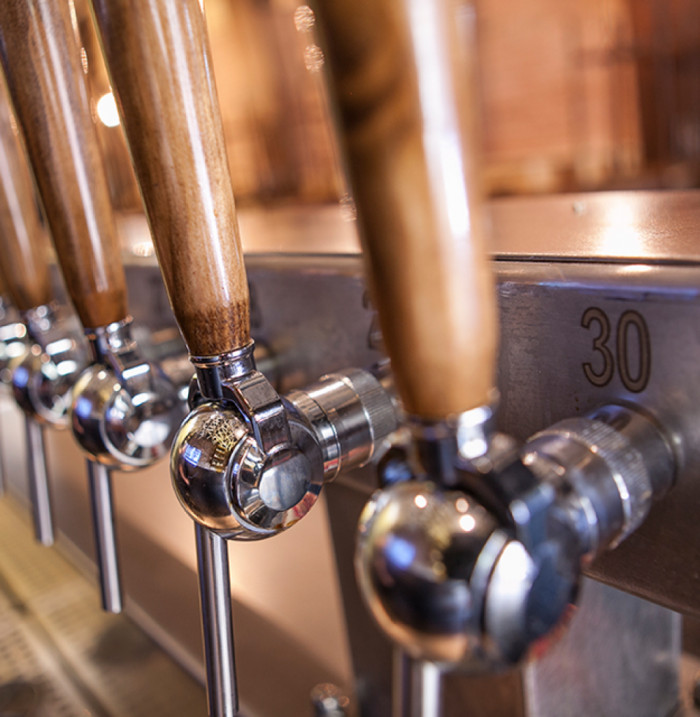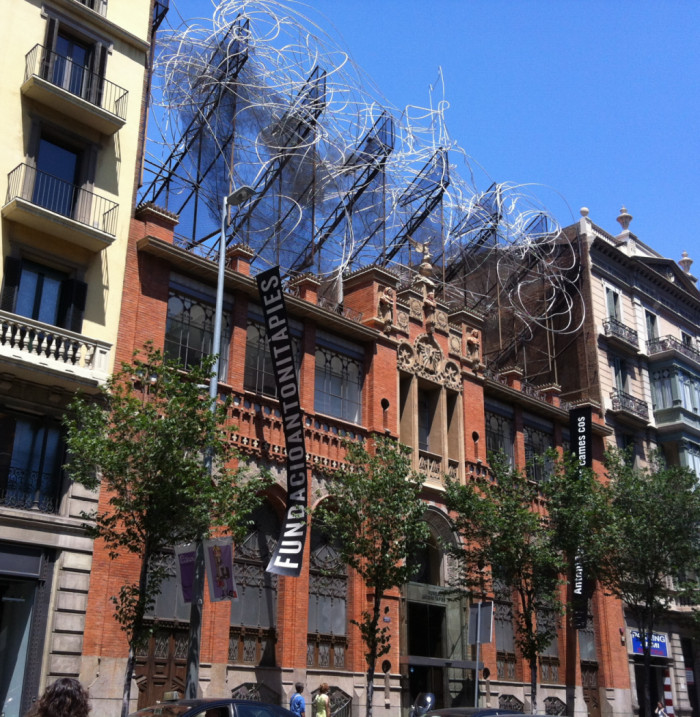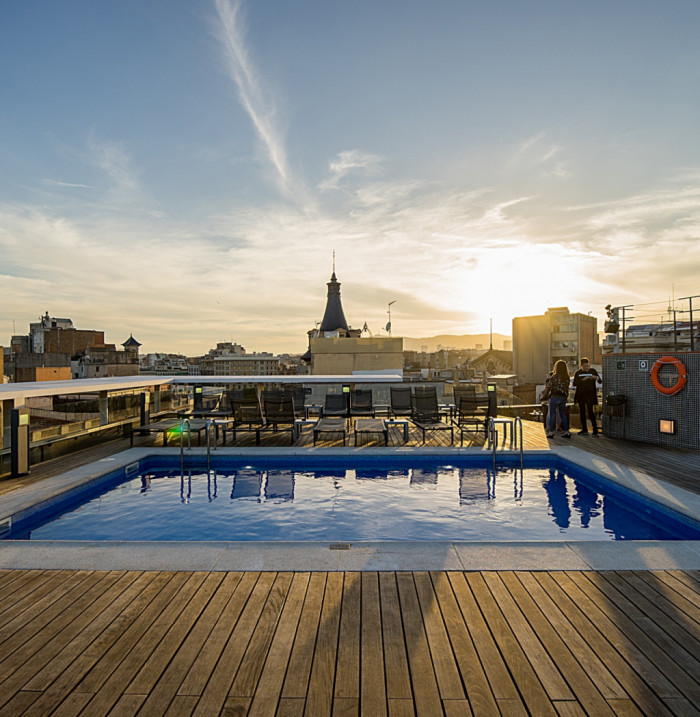- Open Air
- Open Air
The gardens stuns visitors with the depth and breadth of its century-old trees and plants.
Metro: L5 (Blue) - Diagonal
FGC (Ferrocarrils): Provença
A total oasis of vegetation, right in the heart of Barcelona. That would be a pretty good way to describe the gardens surrounding the Palau Robert, a neoclassical structure built at the turn of the 20th century at the request of aristocrat Robert Robert, who chose the bourgeoisie Passeig de Gràcia as the site of his family residence. Like other homes built by prominent citizens of its time, the estate would not be complete without a spacious garden area in which the homeowners and their guests could take in the wonders of the natural world. To those ends, Robert contracted the city landscaper, Ramón Oliva, to design an abundant garden, featuring the palms used at the 1888 Barcelona Universal Exposition.
Although it’s had various uses since 1903, when the Robert family took up residence, the property is now in the hands of the Catalonian regional government, who has used it as a key site for celebrating Catalonia with a multitude of regularly programmed exhibitions, events, and activities. The government acquired not only the building itself, but also the gardens which surround it, a truly special spot that can now be enjoyed by the public. Thanks to this initiative, today, the people of Barcelona can get away from the hubbub of the city and the nonstop excitement of the nearby Avenida Diagonal and Passeig de Gràcia, and enjoy a natural space in which to stroll around, read, and disconnect from the world for a little while.
Its copious vegetation and wide variety of trees and plants has made this spot one of the Eixample’s most emblematic natural gems, in which visitors can also admire art and architecture. Contemplating the layout of the space itself, taking in the characteristic forms and lines of the neoclassical style, studying sculptures like La lluna, by Kiku Mistu, or meditating on J.V. Foix’s poem, És quan dormo que hi veig clar.










